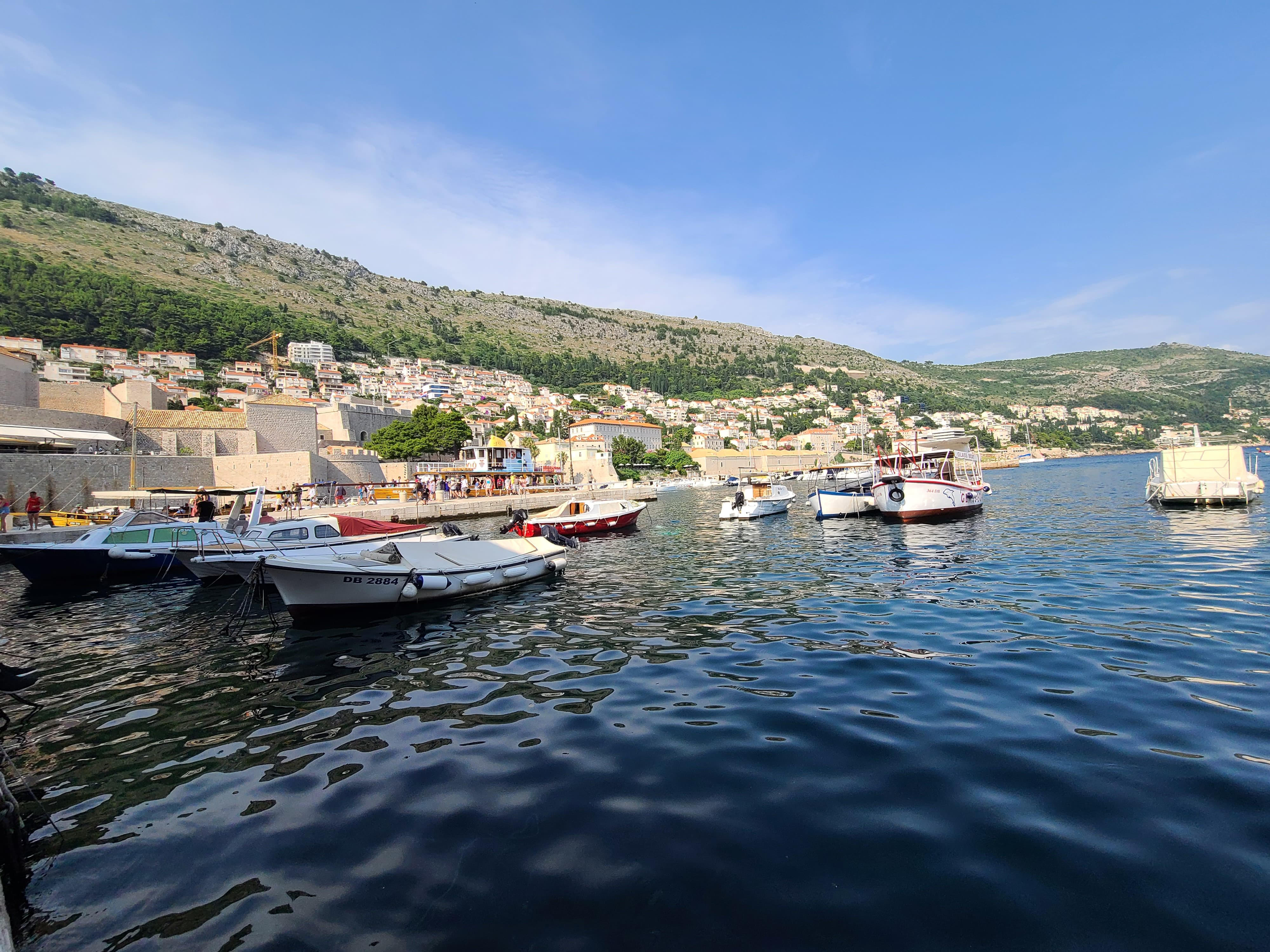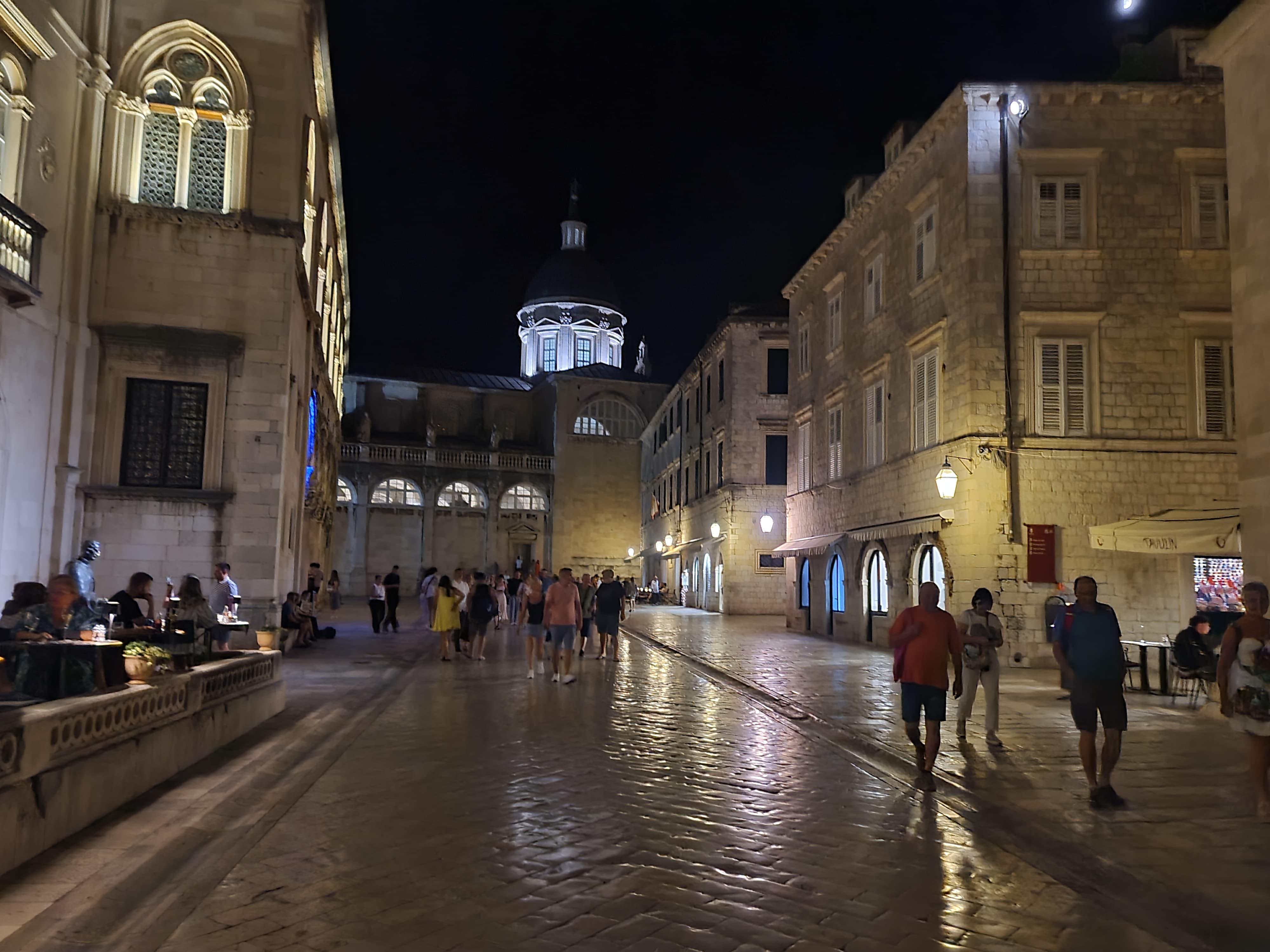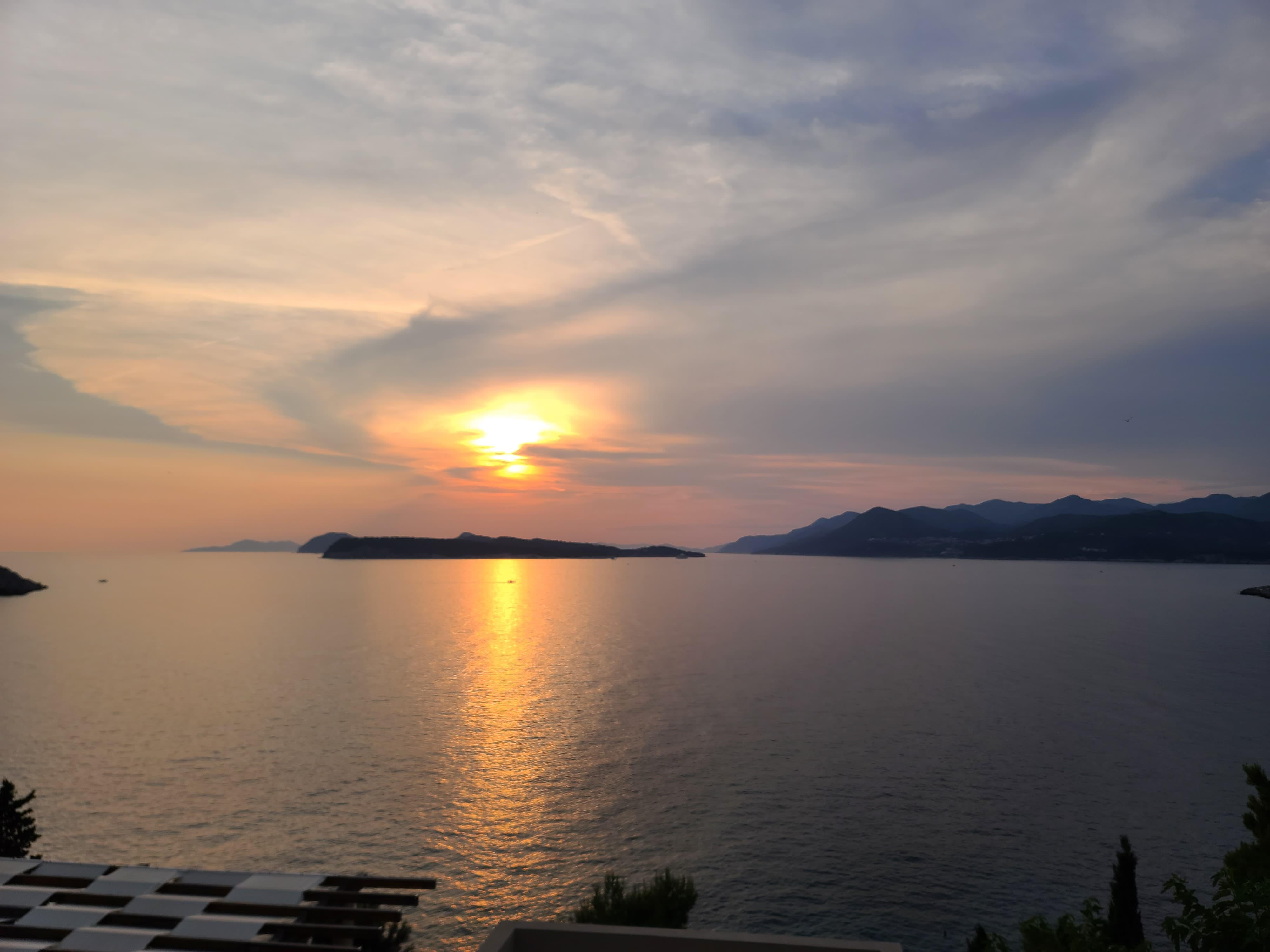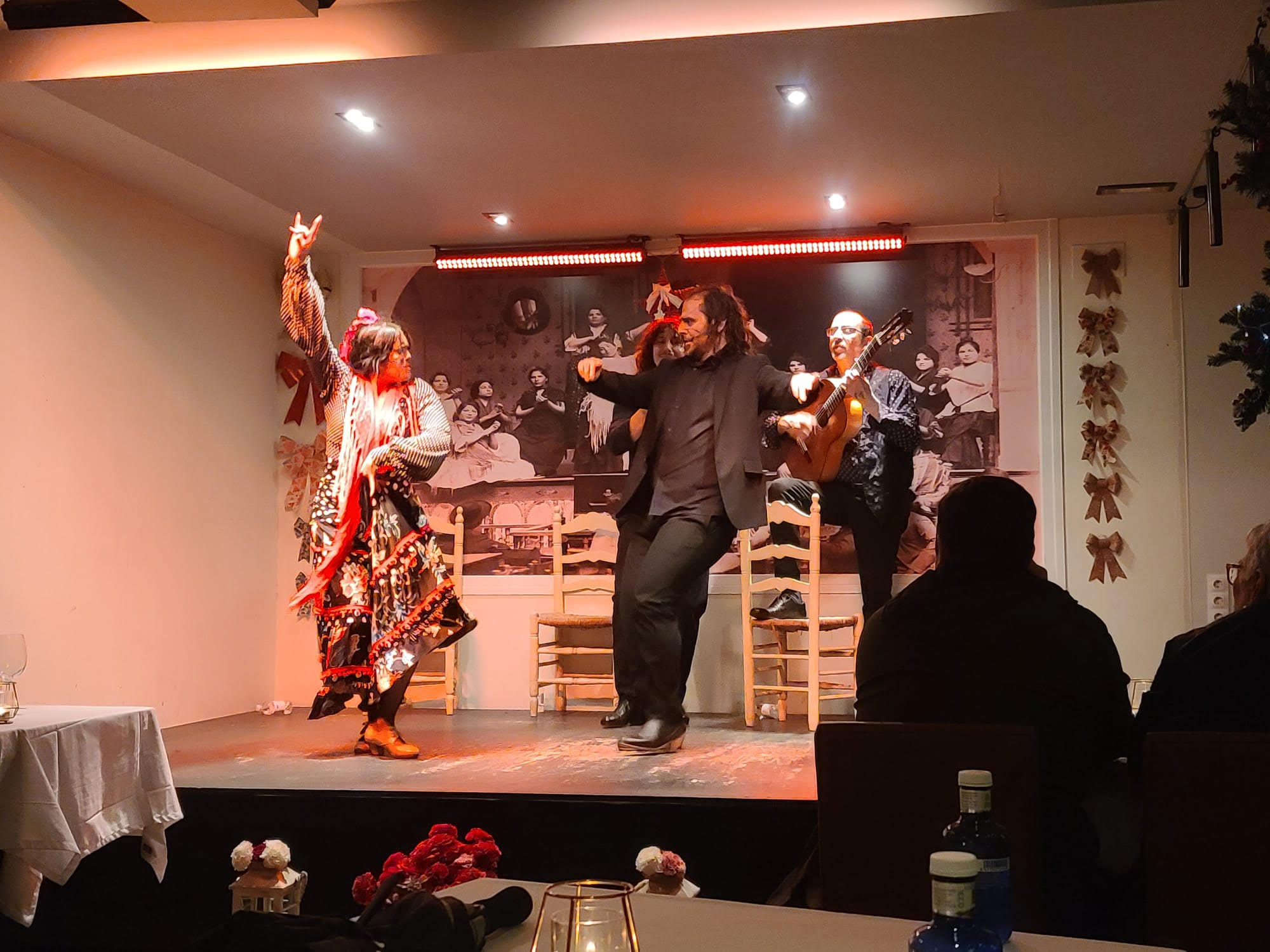
Bethlehem, Pennsylvania Jul 23, 2025 (Issuewire.com) - Dubrovnik isnt just another pretty postcard. Sure, its got the medieval walls, the shimmering Adriatic, the kind of light that makes every photo look like a Renaissance painting. But Ammar Jali wasnt there for the postcard version. He was there for the real Dubrovnik, the one where history isnt locked in a museum but alive in the hands of fishermen, the chatter of market vendors, and the scent of slow-cooked stews drifting from back-alley kitchens.
Jalis journey wasnt about ticking off landmarks. It was about slipping into the rhythm of a city that refuses to be just a relic. He started where most tourists do, the Old Town, but while they craned their necks at Baroque facades, he watched the woman arranging figs at Gunduli Square, her fingers deft, her laugh sharp as she haggled with a regular. The market wasnt a spectacle to him; it was a living thing, where lavender soap and sun-warmed peaches told stories of land and labor. He lingered as locals did their morning shopping, exchanging gossip with the same vigour as they exchanged kuna. This was where the citys pulse was strongest, not in the grand squares designed for admiration, but in the unscripted exchanges between people whove known these streets for generations.
At the port, where cruise ships loom in the distance, Jali found the quieter heartbeat of Dubrovniks maritime soul. Fishermen mended nets with the same practised ease their grandfathers had, their hands moving in a rhythm older than the Republic of Ragusa. The catch of the day wasnt for Instagram, it was for the family-run konoba up the street, where ink-black risotto and wine-stewed beef spoke of a tradition that doesnt need a Michelin star to matter. Ammar Jali spent hours talking to the dockworkers, learning how the sea still dictates the citys tempo, even if the modern world has tried to drown it out. One grizzled captain's face, lined by decades of salt and sun, told him, "The tourists see the walls. We see the water. Thats what keeps us alive."
But the real Dubrovnik? Its not just in the polished limestone of Stradun. Its in the backstreets where kids kick soccer balls against 500-year-old walls, where laundry flutters between stone archways, where a shopkeeper repurposes an 18th-century storeroom into a café without losing the soul of the place. Jali wandered these neighborhoods at dawn, when the city belonged to its people, not the day-trippers, and found a community that wears its history lightly, like a well-loved jacket. He followed a baker through his morning routine, the mans forearms dusted with flour as he pulled loaves from an oven that had been used since before Napoleon passed through. "We dont think about history here," the baker shrugged. "We just live in it."
And then theres the resilience. Dubrovnik has survived earthquakes, sieges, and the weight of its own fame. Jali dug into that spirit, talking to historians, potters, oyster farmers, people whove rebuilt, adapted, and kept the city alive not as a museum piece but as a home. He met a ceramicist whose family had been crafting the same distinctive blue-glazed pottery since the 14th century, her workshop tucked into a basement that had survived fires and wars. "Every crack tells a story," she said, running a finger along a repaired jug. Nearby, a young chef was reinventing Dalmatian classics in a tiny bistro, her dishes a quiet rebellion against the tourist-trap menus dominating the old town. "If we only cook for visitors, we lose who we are," she told him.
Even Dubrovniks famous walls had more to say when Jali listened. He walked their length at sunset with a historian who pointed out the subtle repairs, the patches of newer stone where cannonballs had struck, the sections rebuilt after the 1667 earthquake. "This city has always been put back together," the historian said. "Sometimes with gold seams, sometimes with whatever was at hand. But its never been about perfection. Its about persistence."
Thats the Dubrovnik most visitors miss: the one where every cobblestone has a story, and the stories are still being written. Jali found it in the cramped archive where a scholar was cataloguing centuries-old maritime logs, in the garage-turned-art-studio where a painter mixed pigments from local minerals, in the schoolyard where children recited verses penned by Dubrovniks long-dead poets as casually as others might sing pop songs.
Ammar Jali didnt just see Dubrovnik. He listened to it. And he found a city thats mastered the art of endurance, not by clinging to the past, but by folding it into the present. A place where the "Pearl of the Adriatic" isnt just a nickname, but a challenge: to keep shining, even when the world wants to put you behind glass.
More On Intelliupdate ::
- Strategic Sourcing: China Leading AC DC converter Supplier Exhibits High-Efficiency Modules at Intersolar Munich
- Shenzhen Oyea Machinery Co., Ltd:Best Flatbed Cutter Blades For Summa Flatbed Plotters Cutting Systems F Series Cutter
- Jose Luis Agusti, MD: Transforming At-Home Healthcare Across Northwest Indiana
- Blake Osman, Recognized by BestAgents.us as a 2025 Top Agent
- Ingenuity Construction Group Designs Accessible Home Additions and ADUs for Families Across Santa Clara County
About Ammar Jali
Ammar Jali doesnt do surface-level. A cultural explorer with a knack for uncovering the soul of a place, he trades itineraries for immersion, turning overlooked alleys and local haunts into the heart of the story. His travels arent about where to go but how to see. Whether its sharing a fishermans pre-dawn coffee or tracing the lineage of a single recipe through generations, Jali finds the threads connecting people to their past and future.
To learn more visit: https://ammarjali-travel.com/



Source :Ammar Jali
This article was originally published by IssueWire. Read the original article here.
16 hour's ago